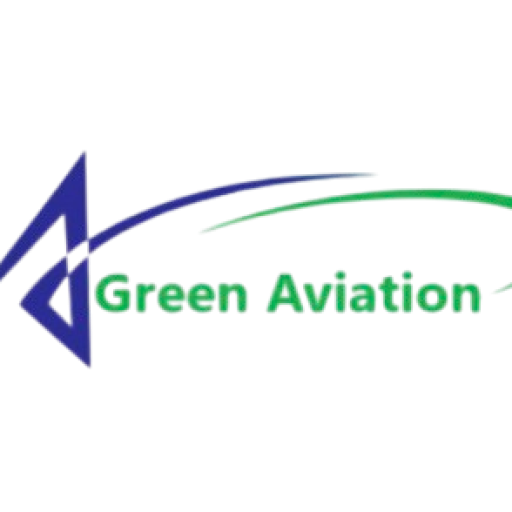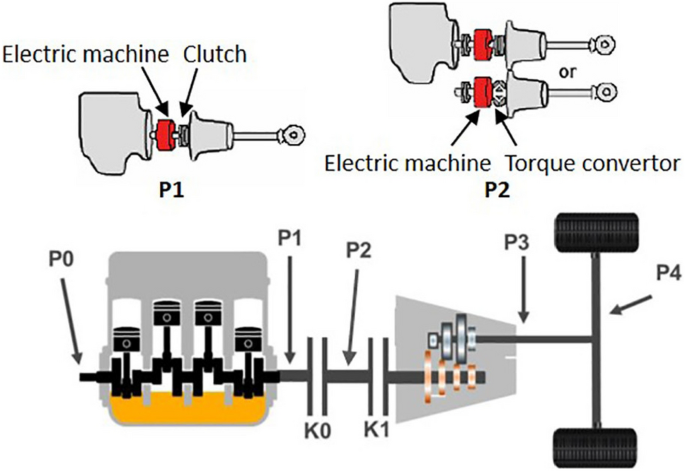This Content Is Only For Subscribers
Authors: L. M. Cardone, G. Petrone, S. De Rosa, F. Franco & C. S. Greco
Publication Date: 28 September 2024
Category: SAF, Electric and Hybrid Propulsion Systems
Article Link: https://link.springer.com/article/10.1007/s42496-023-00173-6
Abstract (Official): In the past decades, the exponential rise in fossil fuel consumption has led to a pressing need for sustainable energy solutions. This surge in fossil fuel use has not only caused severe environmental repercussions but has also raised questions about our global dependence on such non-renewable resources. Addressing these detrimental effects, NASA has urged the aeronautic industry to reduce aircraft fuel burn by a substantial 70% before 2025. As a result of comprehensive government and industry studies, electric aircraft propulsion has emerged as a pivotal focus of research. This encompasses various architectures, such as full-electric, hybrid electric, and turbo-electric systems. The aim is to significantly diminish the environmental impact of aviation and make it more sustainable for the future of passenger flight. This paper provides an overview of the latest state-of-the-art innovations in propulsion systems. It delves into the operational principles, technological requirements, ongoing research, and development efforts pertaining to all components essential for effecting this transformation in aviation technology. Additionally, the document will showcase existing commercial products, prototypes, and demonstrators to offer a comprehensive picture of the current scenario. Overall, this research is a vital step toward achieving energy sustainability and reducing the environmental footprint of the aviation industry. By exploring and advancing electric aircraft propulsion, humanity can move closer to a cleaner, greener future for air travel.
GAT Editor’s Comments: The article “Review of the Recent Developments About the Hybrid Propelled Aircraft” presents several key takeaways regarding advancements in hybrid propulsion systems in aviation:
– Sustainability Imperative: The aviation sector is under pressure to reduce greenhouse gas emissions, prompting significant research into hybrid and electric propulsion technologies, with NASA targeting a 70% reduction in aircraft fuel burn by 2025, which has catalyzed extensive research into electric and hybrid propulsion systems.
– Variety of Propulsion Systems: Electric Propulsion Systems (EPS) and Hybrid Electric Propulsion Systems (HEPS) have the potential to lead to zero-emission aircraft when powered by renewable energy sources. However, current battery technologies limit the range of fully electric aircraft and ongoing research into solid-state batteries and alternative chemistries are desperatedly needed. The potential of hybrid systems combining with the benefits of traditional internal combustion engines with electric motors, can improve efficiency and reduce emissions. Ultimately, the advancing electric aircraft propulsion is crucial for achieving energy sustainability and minimizing the aviation industry’s carbon footprint, paving the way for a cleaner future in air travel.
– Battery Technology Challenges: Current battery technologies face limitations such as low energy density, weight issues, safety risks, and long charging times, which restrict the range and efficiency of fully electric aircraft.
– Advancements in Battery Research: Ongoing research is focused on solid-state batteries and alternative chemistries to enhance energy density, safety, and thermal stability, which are essential for the future of electric aviation.
– Commercial Innovations: The article highlights existing prototypes and commercial products that showcase the current state of hybrid propulsion technology, indicating progress toward a more sustainable aviation future.
Overall, the review underscores the critical role of hybrid propulsion innovations in achieving sustainability and reducing the aviation industry’s carbon footprint.


